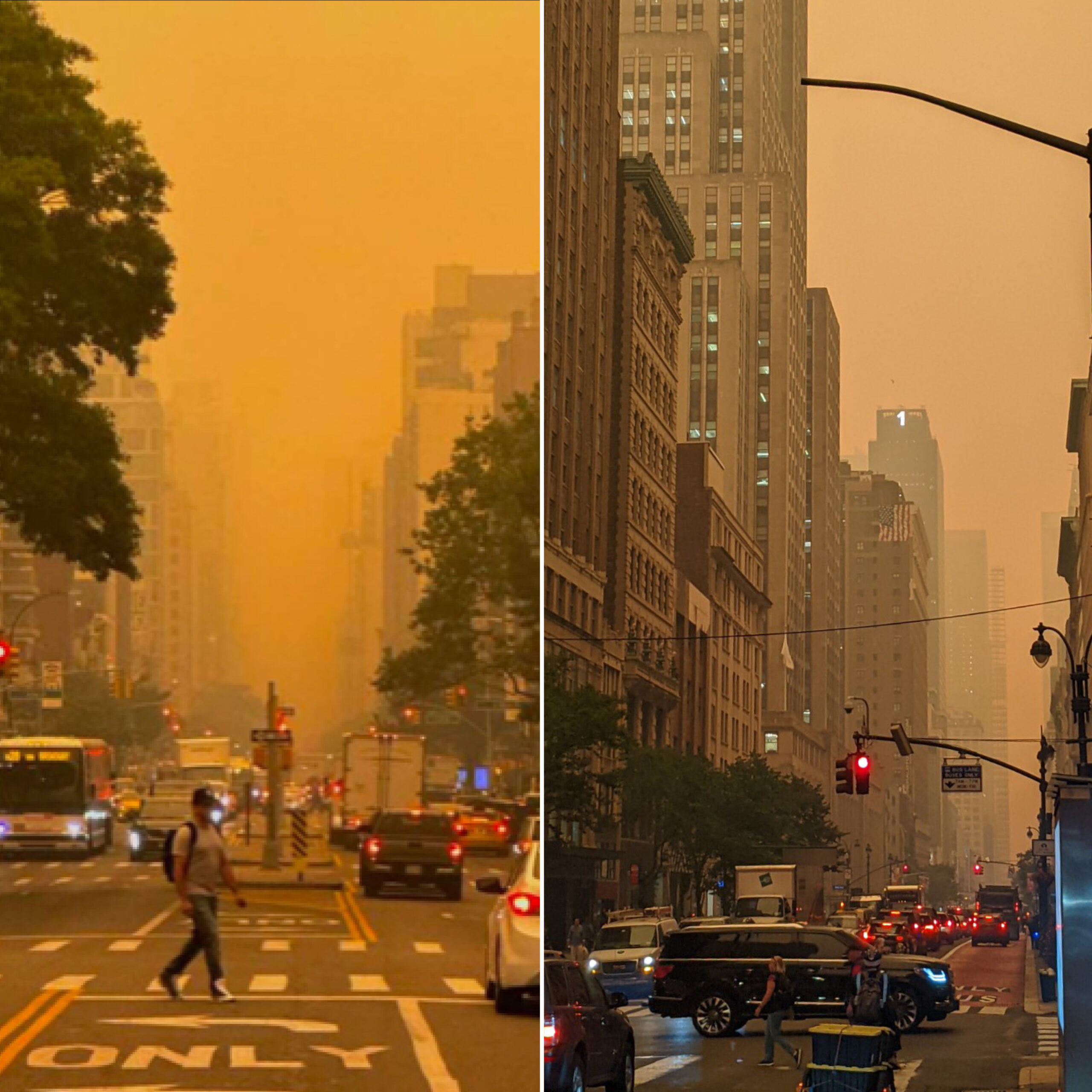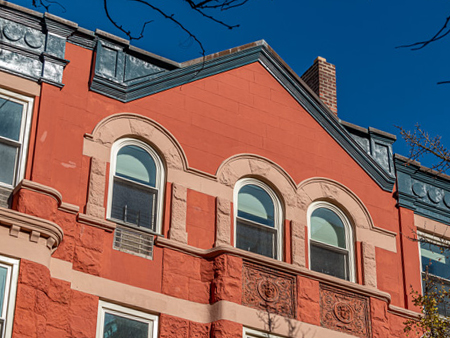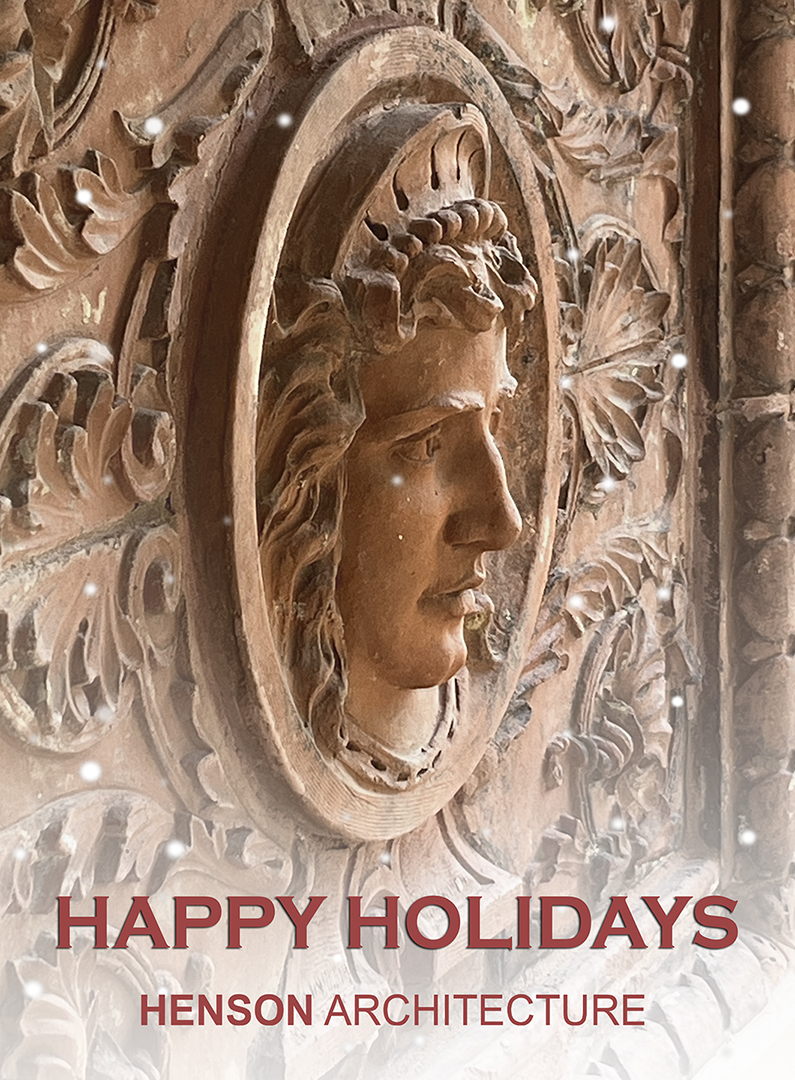On Wednesday, June 7, 2023, New York City experienced the worst air quality in the world at that time due to the wildfires happening in Québec and northern Ontario, Canada. The air quality monitor station a block away from our office recorded an Air Quality Index (AQI) of 431 as a high that day, well above the threshold of 300 that is considered Hazardous. When we stepped outside, an orange hazy sky and a pungent campfire smell confronted us, just like our fellow New Yorkers.
PM2.5 particles, less than 2.5 micrometers in width and invisible to the human eye, caused the color and smells. The air we breathe has particles in all forms of matter of this small size; while some are benign, the combustion of fossil fuels adds chemicals and gases makes the mix harmful. These pollutants are especially dangerous to people with pre-existing breathing conditions such as asthma or emphysema.
Additionally, PM2.5 particles are small enough to infiltrate directly into your blood stream, affecting other organs and body systems as well. On June 7, the amount of these particulates was measured at 14.5 times the World Health Organization’s annual air quality guideline value. Prior to this wildfire-induced spike in PM2.5 particulates, we were already experiencing this form of pollution through cars, coal, and cigarettes.
Preparing for Wildfires
The best defense against PM2.5 particle inhalation is to have airtight homes, offices, and buildings that have active ventilation and filter the air that they use. These are key components of Passive House, or Passivhaus, a design strategy that improves indoor air quality while making buildings far more energy efficient, comfortable, and cost-effective over time.
In Lloyd Alter’s article “Wildfires are another reason that every house should be Passivhaus”, he highlights Chie Kawahara’s experience with wildfire in California as a Passive House homeowner. She is able to keep the air inside her home filtered and fresh through the heat recovery ventilator, while the air-tight enclosure of the building mitigates the risk of unfiltered air entering the home.
Henson Architecture specializes in retrofitting existing buildings to follow the Passive House EnerPHit Criteria, the certification for retrofitting existing buildings. The guidelines are slightly more lenient to allow for retrofitting challenges, but these buildings can still reach similar performance levels as new construction Passive Houses. Moving towards Passive House construction not only creates safer indoor environments with filtered air in dire situations, but it also helps to reduce the carbon emissions that are exacerbating the frequency and intensity of climate-related events such as these wildfires in the first place.
Photo credit: Kohana Henson
Sources:
Wildfires are another reason that every house should be Passivhaus (substack.com)
PM 2.5 – What does it mean, and why does it matter? (cleanairresources.com)
https://www.who.int/publications/i/item/9789240034228
https://aqicn.org/station/@402292/




